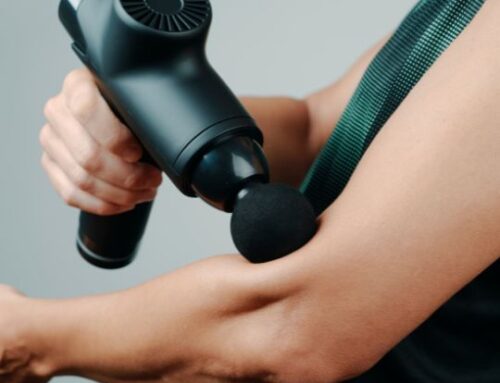We often talk to our patients about core strength, core stability, core stiffness, etc. But what are we referring to exactly when we say “the core”? The core is essentially a network of musculature that ideally operates in tandem with one another. It is more or less a canister that allows for the creation and utilization of pressure in order to maintain spinal stiffness. It is made up of the transvers abdominus, multifidus, the pelvic floor, and the diaphragm. It is the coordinated contraction of these muscles that form spinal stiffness. Additionally, there are other muscles that further contribute to spine stiffness, including rectus abdominus, external and internal obliques, latissimus dorsi, erector spinae muscle group, and quadratus lumborum.
When these muscle contract in unison, the spine is essentially locked in place. When one muscle is not utilized or weakened comparatively, the cannister is prone to “collapse”. A simple example is an aluminum can. If undamaged, an aluminum can can sustain a heavy load evenly and uniformly across its wall. Should the can be dented or there be a structural weakness of some sort, the can crumbles.
In the video, you’ll see Dr. Mike loading weight onto a can with relatively no damage. The can is more than capable of bearing the load of 90 pounds of bumper plates. The moment there is a dent in the can, as induced with a finger flick, the weight flattens the can like a pancake. In other words, when we have asymmetry of the core muscles, due to either some muscles not firing or are inherently weak, the core will not withstand the load. In an acute situation, this can lead to a strain of the low back musculature, a facet joint sprain, disc derangement, etc. When performed repetitively for long periods of time, it can result in chronic muscle fatigue, facet hypertrophy, a dynamic disc bulge, etc.
Often, patients that present with low back pain have some dysfunction of their core musculature. Or they had a momentary lapse in the bracing of these muscles that lead to an aberrant movement, resulting in pain. The moment we can identify and correct these muscles, we notice an almost immediate reduction in pain. When correcting a patient’s movements on a day to day basis, this results in better conditioning of the musculature and movement engram programming so that they move with focus and intention.




